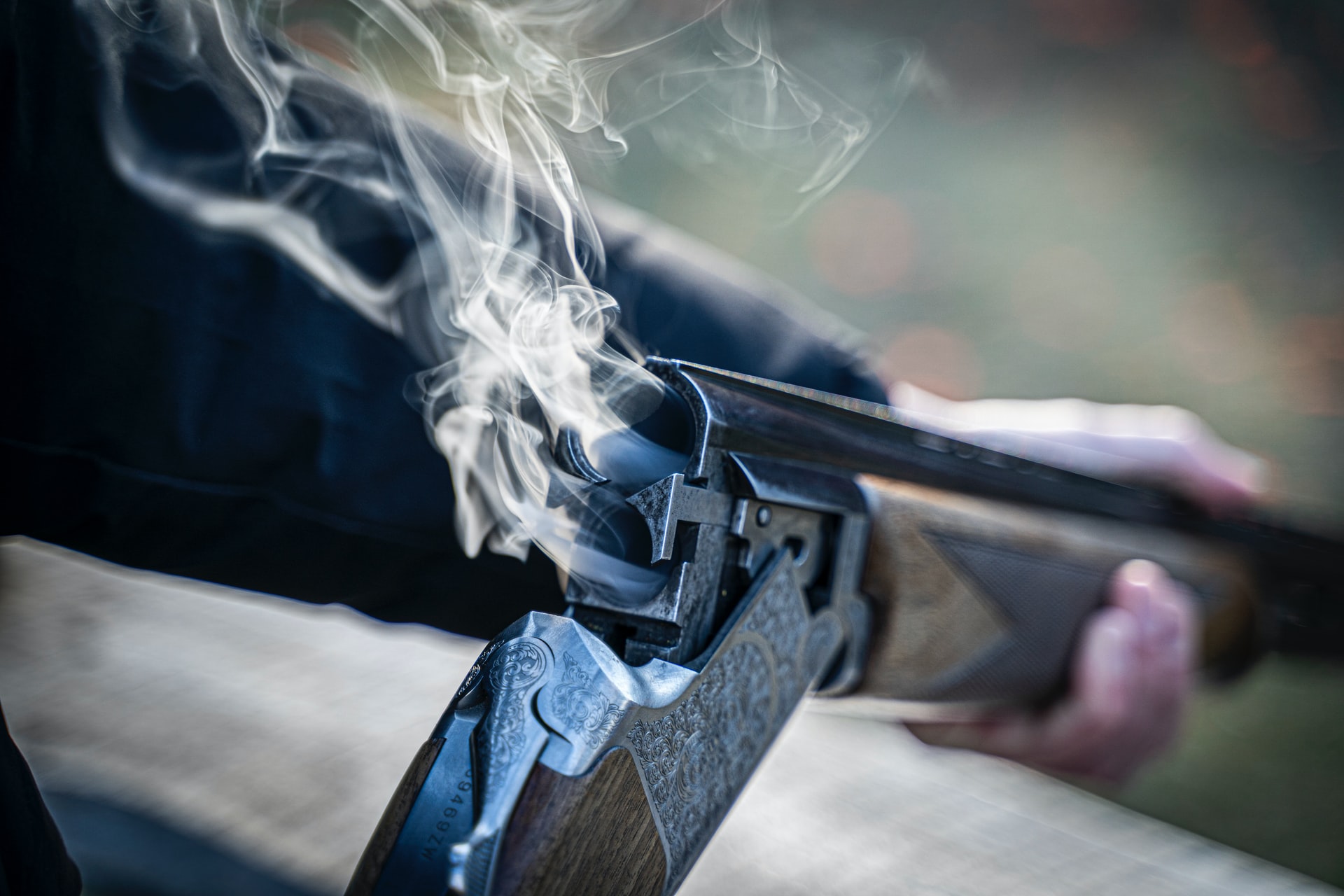How to Choose a Hunting Rifle
Have you decided to buy your first hunting rifle? But found yourself in a quandary, faced with a huge choice? We were in your place and we know how difficult it is. Therefore, we decided to help with the selection of a hunting rifle for beginners. Our article will give you some practical advice on choosing a hunting rifle and will help you understand the existing classification. Take a few minutes of your time and you will have enough information to make an informed decision about the choice of weapon.
Tips for Choosing the Best Hunting Rifle
Know who and where, you will hunt
The size of the animal and its habitat will affect the size of the bullet. It is impossible to shoot a large deer with a single shot, with a bullet intended for waterfowl. This is not humane to the animal, and can have the most unpredictable consequences for the hunter. For a large animal we use heavier and larger cartridges, for small game we use lighter and smaller cartridges. Large bullets can hit a small target, but will not leave whole meat behind. For small game and 100 yards, .17 or .22 rounds are fine. Cartridges from .24 to .300 are suitable for medium, and .45 ammunition for big game.
When choosing, it is worth considering the territory where you are going to hunt. The distance from you to the target affects the choice of ammo. Bullet weight directly affects the firing range. In the field, use heavier cartridges, and in the forest for close combat, lighter ones are suitable.
When picking up ammunition, you should find out their availability. For example, .280 AI, 6.5s are not available everywhere, although they are not a bad choice. .300 Win Mag, .7mm Rem Mag, .270 Win are more available in all states. The most common and versatile is .30-06 Springfield. It will be sufficient for distances up to 400 yards. For a bear, of course, you can pick up something more powerful, but for everything else, he does a good job. Find out the laws of the state where you live. Some states have restrictions on certain calibers.
The caliber and weight of the ammunition will determine the gun to be looked at more closely.
Know your height, weight and “leading” hand
Your height and weight play a key role in weapon selection. The shotgun should take the middle ground between being heavy enough for good recoil and relatively light enough to be comfortable to carry. It is worth noting that the scope and attachments will add weight to your weapon. What is right for you, only you can decide. Try the options in the store, try on the weapons of your friends and acquaintances. You should be comfortable, no compromise.
The length of the butt also plays a role. For young people and women, shorter options are suitable, and for large and taller men, longer and heavier ones. There are options with a universal type-setting stock, where you can use inserts to lengthen the stock or make it shorter. But their price is slightly higher than the price of a gun for a beginner.
For left-handers, there are specially designed and universal models. Make sure that in the extremely rare event of damage to the weapon, hot waste gases will not escape into your face. For right-handers, they go to the right of the face. If such a rifle is taken by a left-handed person, then there is a risk of face injury.
Gun material
If you are planning to hunt in the rain and snow, or along the coastline, then stainless steel is your best choice for barrel material. In other cases, especially if you regularly look after your weapon, carbon steel will suffice.
The stock material can be synthetic or wood. The wood bed is beautiful, has its own history, and is suitable for people with classic tastes. Synthetics have proven themselves in the harshest conditions, can have any camouflage and are appreciated by athletes. In addition to the material, you should pay attention to the ease of use.
Weapon style
Shotguns are divided into single-shot and multi-shot. Single shotguns come in several different styles. For example, drop block rifles, movable block rifles, automatic rifles and single shot rifles with a hatch. Falling-block rifles are versatile, and are suitable for both the leading right and left hand.
Rifles are available with a sliding bolt, pump, lever mechanism and automatic. The first three guns require your input in order to discard the used cartridge and load a new one. Automatic rifles have a mechanism that does everything without your intervention.
Single-shot guns are suitable for more experienced hunters, as re-firing requires very fast reloading skills. If the bullet misses the target, automatic rifles give beginners a quick fix.
Even before the moment of purchase, you need to study as much information as possible about the weapon model you like. Do not be afraid to ask questions to sellers, hunters. As a rule, they are fans of their business and willingly share information. Before buying, you need to budget for the costs of the sight. If you already have a scope, try it on and evaluate the usability before buying.
